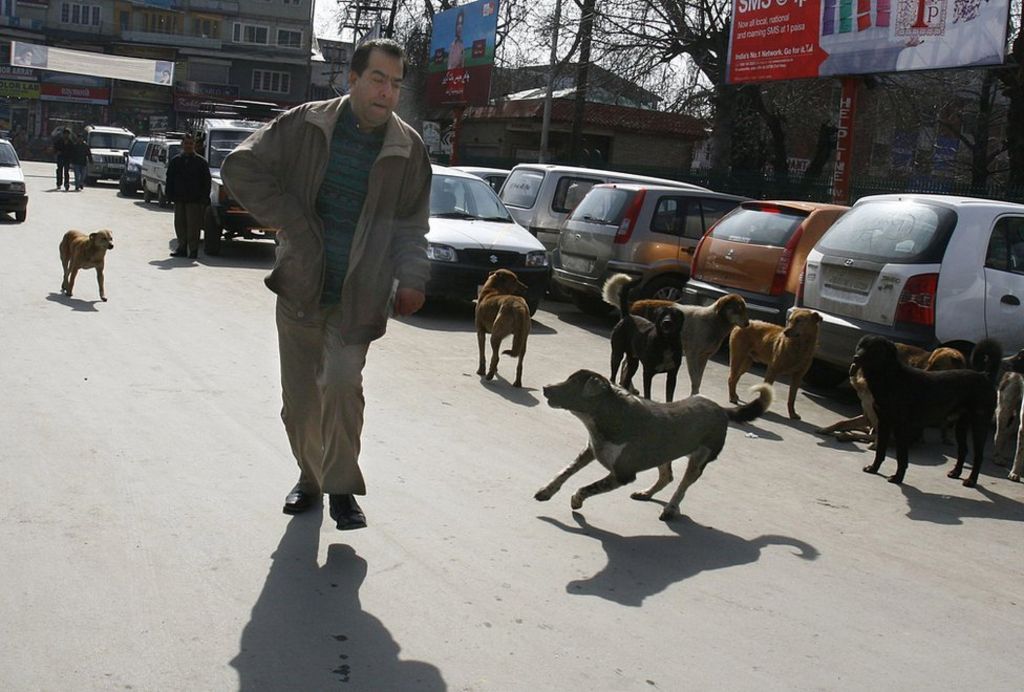Dog Kill: Understanding The Causes, Impacts, And Solutions
When we talk about the term "dog kill," it often evokes strong emotions and raises serious concerns about animal welfare, community safety, and ethical considerations. Dog kill refers to situations where dogs are euthanized or killed due to various reasons, ranging from overpopulation in shelters to aggressive behavior or even neglect. This topic is not only about the animals themselves but also about the societal factors that contribute to these unfortunate outcomes.
The issue of dog kill is complex and multifaceted, requiring a deep understanding of the underlying causes and potential solutions. It is crucial to address this problem with empathy, knowledge, and a commitment to improving the lives of both dogs and the communities they live in.
By exploring the various aspects of dog kill, we can gain valuable insights into how to prevent unnecessary euthanasia and promote responsible pet ownership. In this article, we will delve into the causes, impacts, and solutions related to dog kill, providing actionable steps that can make a significant difference.
Read also:Katy Macfarlane The Rising Star Redefining Modern Entertainment
Table of Contents
- Understanding the Concept of Dog Kill
- Causes of Dog Kill
- Dog Kill Statistics
- Ethical Considerations
- Community Impact
- Solutions to Reduce Dog Kill
- The Role of Adoption
- Importance of Spaying and Neutering
- Education and Awareness
- Conclusion and Call to Action
Understanding the Concept of Dog Kill
The term "dog kill" generally refers to the euthanasia or killing of dogs, often in shelters or other controlled environments. This practice is typically carried out when dogs are deemed unadoptable due to health issues, behavioral problems, or overcrowding in shelters. While euthanasia can sometimes be a compassionate choice for terminally ill animals, the unnecessary killing of healthy or treatable dogs raises significant ethical and moral concerns.
Defining the Problem
To fully grasp the concept of dog kill, it is essential to understand the context in which it occurs. Shelters and rescue organizations often face overwhelming numbers of stray or abandoned dogs, leading to difficult decisions about which animals can be saved. The lack of resources, funding, and public awareness exacerbates the problem, making it challenging to find homes for all the dogs in need.
Key Factors Contributing to Dog Kill
Several factors contribute to the high rates of dog kill, including:
- Overpopulation of stray dogs
- Limited shelter capacity
- Behavioral issues in dogs
- Poor public education on pet ownership
Causes of Dog Kill
The causes of dog kill are diverse and interconnected, involving both societal and individual factors. Understanding these causes is critical to developing effective strategies for reducing unnecessary euthanasia.
Overpopulation
One of the primary causes of dog kill is overpopulation. Many communities struggle with an influx of stray dogs, leading to overcrowded shelters. Without adequate resources to care for and rehome these animals, shelters are often forced to euthanize them.
Neglect and Abandonment
Neglect and abandonment by pet owners also play a significant role in the dog kill phenomenon. Owners who are unprepared for the responsibilities of pet ownership may abandon their dogs, leaving them vulnerable to injury, illness, or death.
Read also:Emoji Blitz Calendar Your Ultimate Guide To Unlocking Fun And Creativity
Dog Kill Statistics
Data and statistics provide valuable insights into the scale of the dog kill problem. According to the American Society for the Prevention of Cruelty to Animals (ASPCA), approximately 6.3 million companion animals enter shelters nationwide every year. Of these, around 1.5 million are euthanized annually, with dogs accounting for a significant portion of this number.
Regional Disparities
Regional disparities in dog kill rates highlight the need for localized solutions. Urban areas often experience higher rates of dog kill due to overcrowding and limited resources, while rural areas may face challenges related to transportation and access to veterinary care.
Ethical Considerations
The ethical implications of dog kill are profound, raising questions about our responsibilities as stewards of animal welfare. Euthanasia should only be considered as a last resort for terminally ill or suffering animals. For healthy or treatable dogs, every effort should be made to find them loving homes or provide them with the care they need.
The Role of Animal Rights
Animal rights advocates argue that all animals deserve respect and humane treatment. By reducing unnecessary euthanasia, we can uphold these principles and create a more compassionate society.
Community Impact
The impact of dog kill extends beyond the animals themselves, affecting entire communities. High rates of dog kill can lead to increased public health risks, as stray dogs may carry diseases or pose threats to human safety. Additionally, the emotional toll on shelter workers and volunteers who must carry out euthanasia cannot be overlooked.
Public Perception
Public perception of dog kill is shaped by media coverage, personal experiences, and cultural attitudes toward animals. Educating the public about the realities of dog kill and the importance of responsible pet ownership is crucial for driving positive change.
Solutions to Reduce Dog Kill
Reducing dog kill requires a multifaceted approach that addresses the root causes of the problem. By implementing targeted solutions, we can create a safer and more compassionate environment for both dogs and humans.
Increasing Shelter Capacity
Expanding shelter capacity through funding and infrastructure improvements can help alleviate overcrowding and reduce the need for euthanasia. Partnerships with local governments and businesses can provide additional resources for this effort.
Fostering Programs
Fostering programs allow dogs to live in temporary homes while awaiting adoption, reducing the burden on shelters. These programs also help socialize dogs and improve their chances of finding permanent homes.
The Role of Adoption
Adoption is a vital component of reducing dog kill. Encouraging people to adopt rather than purchase pets from breeders can significantly decrease the number of dogs in shelters. Shelters and rescue organizations can promote adoption through marketing campaigns, community events, and partnerships with local businesses.
Adoption Success Stories
Sharing adoption success stories can inspire others to consider adopting a dog. These stories highlight the positive impact that adopting a shelter dog can have on both the animal and the adopter.
Importance of Spaying and Neutering
Spaying and neutering are effective methods for controlling the dog population and reducing the number of stray animals. By preventing unwanted litters, these procedures help decrease the burden on shelters and reduce the likelihood of euthanasia.
Subsidized Programs
Subsidized spaying and neutering programs can make these procedures more accessible to low-income families, ensuring that all pets receive the necessary care. Governments and non-profit organizations can collaborate to fund and promote these programs.
Education and Awareness
Education and awareness are key to addressing the root causes of dog kill. By educating the public about responsible pet ownership, the importance of spaying and neutering, and the benefits of adoption, we can create a more informed and compassionate society.
School Programs
Introducing animal welfare education into school curriculums can instill a sense of responsibility and empathy in young people from an early age. These programs can cover topics such as pet care, animal behavior, and the importance of treating animals with kindness.
Conclusion and Call to Action
In conclusion, the issue of dog kill is a pressing concern that requires immediate attention and action. By understanding the causes, impacts, and solutions related to dog kill, we can work together to create a world where every dog has a chance at a happy and healthy life.
We urge readers to take action by supporting local shelters, adopting pets, and spreading awareness about responsible pet ownership. Your involvement can make a significant difference in reducing dog kill and promoting animal welfare. Share this article with your friends and family, and encourage them to join the movement for change.
Together, we can build a brighter future for dogs and the communities they enrich.


